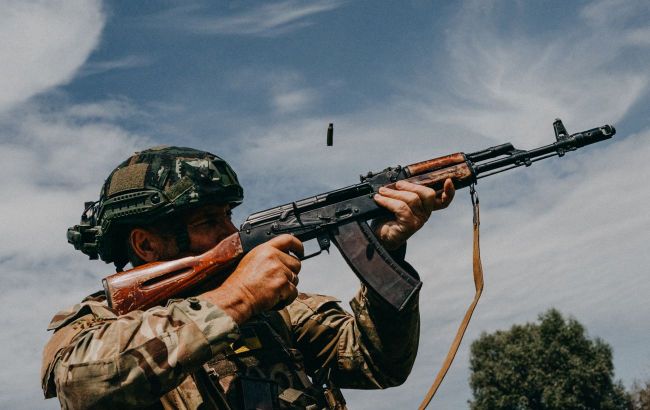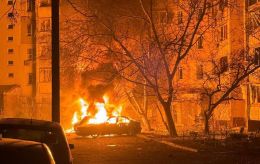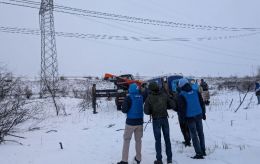Future of Ukrainian offensive in Zaporizhzhia region: Insights from experts
 Illustrative photo (Photo: Getty Images)
Illustrative photo (Photo: Getty Images)
The Ukrainian Armed Forces continue their advance in the Zaporizhzhia region, aiming to break through to the city of Tokmak. However, the Russians are actively mining positions, which is slowing down the progress of Ukrainian soldiers," according to the military-political expert of the "Information Resistance" group, Oleksandr Kovalenko, and military expert Vladyslav Seleznov in a comment to RBC-Ukraine.
"The triangle" in Zaporizhzhia region
The significance of the settlement of Robotyne is explained by Vladyslav Seleznyov. According to him, it is one of the key fortified areas for Russia in the stretch between the controlled city of Orikhiv and the occupied Tokmak, which the occupants have turned into a fortress on the way to another vital hub - Melitopol.
"There is a so-called triangle, whose mission is to close off approaches and the overland corridor to Crimea. This triangle is between Vasylivka, Tokmak, and Melitopol. And when the Ukrainian army breaks through to Tokmak, the entire defensive network of the Russians could seriously falter. But obviously, this process won't be swift, as the enemy is fortifying," he pointed out.
Composition of the occupants' defense lines in the Zaporizhzhia region
Last week, CBS News reported progress in the advance towards Tokmak. According to an unnamed American official, the Ukrainian Armed Forces have cleared a minefield to the north of the city and launched an assault on the first line of defense. CBS does not specify the distance from Tokmak where this line is located, but it is likely referring to Robotyne.
Three defense lines hinder rapid advancement here. The first consists of minefields several kilometers deep. The second concentrates artillery, equipment, and personnel, while the third comprises rear positions for resource accumulation.
The situation with position mining
However, to reach Tokmak, it will be necessary to pass through Novoprokopivka, Ilchenkove, Solodka Balka, and Chervonohorka. Expert Oleksandr Kovalenko says that this is the second line of defense, where there are indeed fewer minefields.
"On the second line, there are armored vehicles and artillery, so the problem won't be as much with minefields as with combat clashes with motorized units and mechanized components," he emphasized.
Vladyslav Seleznov views the situation with less optimism.
"Currently, the enemy continues to mine the lines to the south of Robotyno, trying to stop our advance. As for the dominant heights, it's the logic of supporting the advancing units. They need to be occupied to see what the enemy is doing and to conduct combat operations under more favorable conditions. I think our forces will focus on this – primarily occupying heights and systematically undermining the potential of Putin's army," he stated in a commentary to RBC-Ukraine.
Russians are sending additional units to hold the village of Robotyne
According to ISW, Russia's determination to hold Robotyne has led to the redeployment of elements of the 7th Guards Airborne Division from the Kherson region and certain formations from the area between the Donetsk and Zaporizhzhia regions. This, however, exposes other sectors due to a lack of reserves, which overall weakens the defense and may create new opportunities for Ukraine.
Seleznov notes that the southern land corridor to Crimea is defended by a mixed bag of 105,000 Russian military personnel who, at the very least due to their sheer numbers, will attempt to halt the advancing Ukrainian forces.
"Will this help the enemy? I doubt it. And regarding the units' redeployment, our intelligence should assess that. The key problem the enemy faces is not knowing exactly where and when the Ukrainian army will attack. On the southern front, there are at least four such areas – Vasylivka, Robotyne, Urozhaine, and Vuhledar (the last two are in the Donetsk region). Periodically, clashes intensify in all these areas, and the enemy will have to react," Seleznov added.
For more details about the situation in Robotyne, its tactical significance, and the development of the counteroffensive after its liberation, read the article in RBC-Ukraine.

